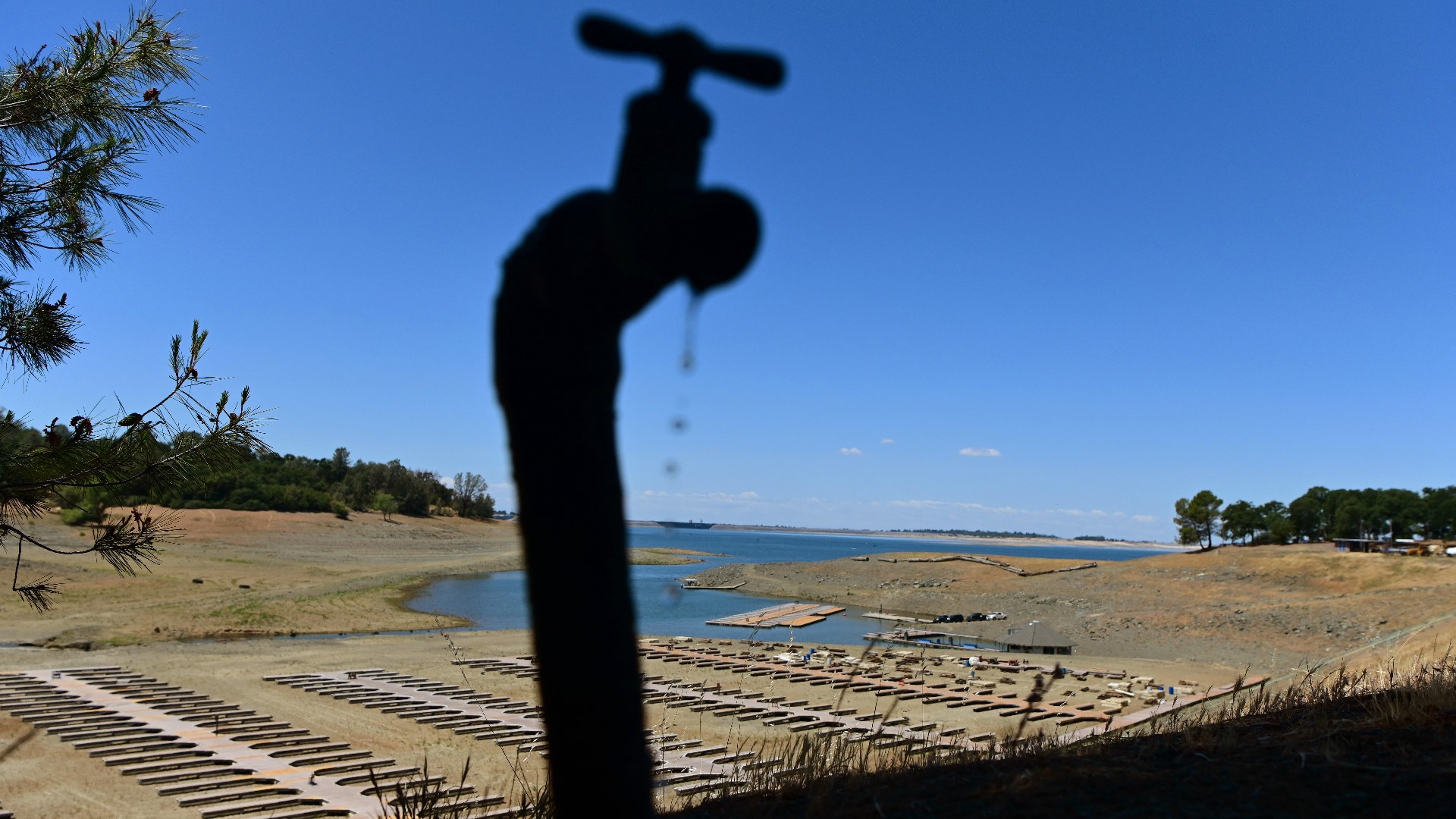SACRAMENTO, Calif. — Water in California is sometimes referred to as liquid gold. It makes our cities and towns livable, but it’s getting harder and harder to meet the state’s water needs.
Reliability of water access is becoming one of the greatest challenges the state faces as the climate change alters the already extreme variability in California's weather.
In fact, the state has long held the top spot for the most variable weather conditions in the nation going from drought to record amounts of rain and snow. One year the state could see only 20 inches of rain, but the next could get 60.
Climate change is not only making those swings more pronounced from year to year but season to season and even month to month. This was felt dramatically in the 2022 water year.
October 24, 2021 became the single wettest day in Northern California history, delivering 13% of the rain we get over an entire year. But few storms hit in November and talks returned to the ongoing drought. Then, a whiplash back to record setting Sierra snow in December totaling almost 18 feet.
Andrew Schwartz at the Central Sierra Snow Lab takes snow measurements at the lab in Soda Springs. He says there was an outrageous amount of excitement once those December storms started dumping the much needed precipitation, especially because he only measured 5 inches to 8 inches in November.
Snow runoff provides a third of California’s water supply, highlighting the need to find better ways to measure, forecast and store the runoff.
Andrew says those answers are being guided by a growing understanding of how climate change is affecting our snowpack. His research at the lab involves two parts: measuring not only how much snow is falling but what kind of snow is falling, are we getting less snow or are we getting more dense snow. That type of snow runs off slowly and fills our reservoirs for the dry summer months.
Most findings show as the climate warms, the atmosphere is holding more moisture changing the consistency and frequency of the snowpack. This is making runoff estimates even more challenging for water managers.
Another challenge is measuring all that snow.
Tom Painter, CEO of Airborne Snow Observatory, has been addressing this problem for about a decade. He takes measurements using tools like lidar and spectrometers. This allows a much more comprehensive picture of both the snow depth and reflectivity.
This last part is important because it gives clues to how quickly the snow will melt. Dirty or darker snow will absorb more sunlight and melt quicker, but white snow will reflect the sunlight and prevent rapid melting.
It's another piece of the puzzle that ultimately helps agencies like the Regional Water Authority improve supply reliability in the near-term and future. The districts provides water for nearly 2 million people.
Historically, this water would partially come from snowpack to meter out water slowly into the spring and summer. The snow melts, runs downhill and then fills reservoirs like Folsom, Shasta and Oroville.
However, the biggest reservoir is one that people can’t see. It’s called groundwater.
Ryan Ojakian with the Regional Water Authority says that’s our moonshot in the state of California to address the weather whiplash.
California’s underground reservoir storage is nearly 20 times the size of all the surface water storage across the state. The state's major surface water holds roughly 50-million-acre feet. But underground storage has the potential to hold about 800 million to over one-billion-acre feet.
Unfortunately, much of this space in the Central Valley is in poor shape, but that’s not the case in the American River Basin. Groundwater levels actually rose over the last 20 years.
Ryan says the key to keep it growing is creating innovative projects like the Water Bank, an already existing underground reservoir that can store nearly twice the water as Folsom Lake.
The idea is to store water here in wet years and only draw from surface water in drought years.
WATCH ALSO:
ABC10: Watch, Download, Read



















